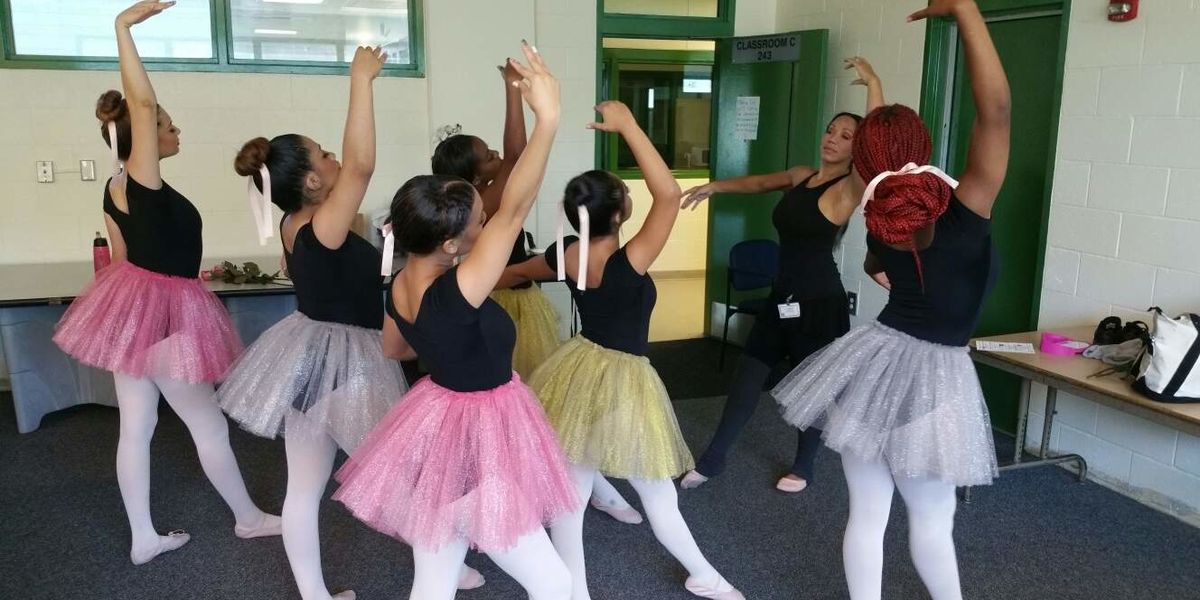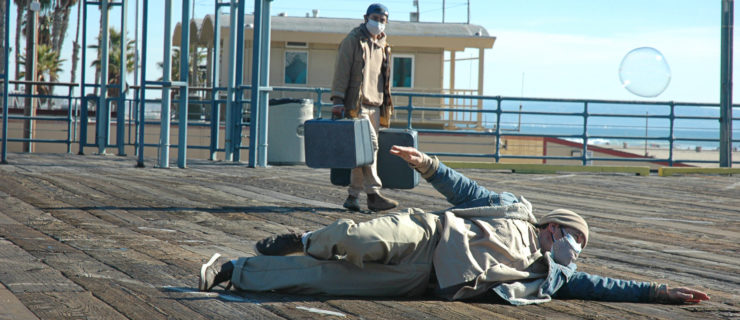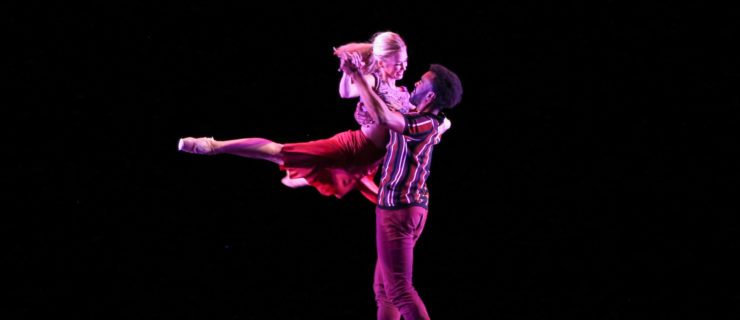Survivors of Sex Trafficking and Abuse Are Getting A Second Chance Through Ballet
They say that not all heroes wear capes. It’s true: Some, like Meredith Harper Houston, wear leg warmers.
A few years back, Houston, who is black, began thinking about how none of the students at her Los Angeles dance studio looked like her. Her desire to use dance to serve her community eventually led her to found The Swan Within, an outreach organization that teaches ballet to girls in juvenile detention centers, many of whom have been sex trafficked.
“I’ve been a dancer my whole life,” says Houston. “I started at the age of 5; ironically the same age that I was sexually abused. I used dance as my vehicle out of the house.” Today, Houston wants to give girls the same opportunity to escape their past, and use dance as a springboard to their future.
We talked to Houston about what it’s like to teach students who’ve experienced trauma, and how ballet is transforming her students’ lives:
What Ballet Can Do For Trauma Survivors
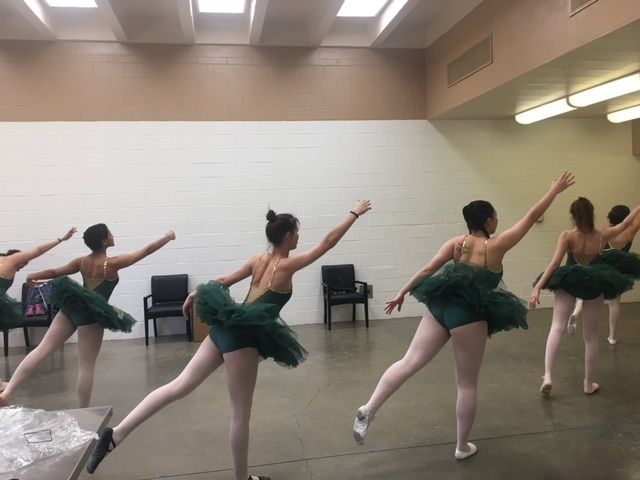 Many of Houston’s students have survived sex trafficking and/or abuse.
Many of Houston’s students have survived sex trafficking and/or abuse.
Courtesy Meredith Harper Houston
“I wanted to work with girls who were victims of sex trauma because I know what it feels like to have an out-of-body experience,” says Houston. “I wanted them to have agency over their body, to feel pretty, to feel whimsical. I wanted little girls to be little girls instead of being hypersexualized. And with the extreme difficulty of the task at hand, this could be the time that they don’t have to think about what they’re going through. In ballet, we learn how to remain in grace. How can we use that in our everyday life?”
How She Approaches Her Classes
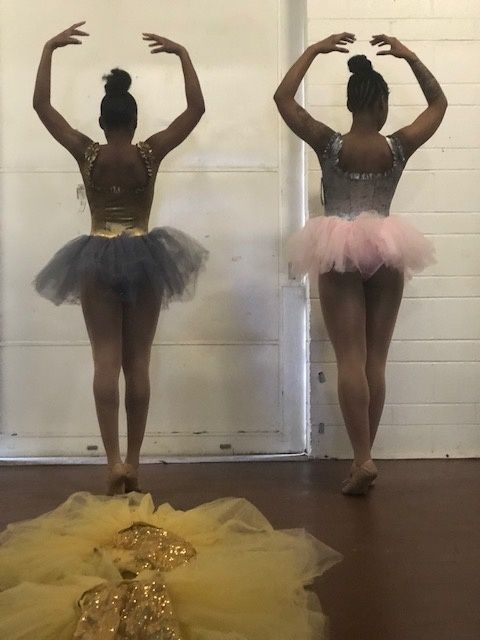 Houston introduces her students to Michaela DePrince for inspiration.
Houston introduces her students to Michaela DePrince for inspiration.
Courtesy Houston
Houston’s classes aren’t what you’d see in a typical ballet studio. She gives her students a ballet etiquette contract, outlining what will be asked of them—but she allows them to amend their contracts, adding what they might want to hold her accountable to as a teacher. “I let them have power from the beginning,” she says.
She also has them choreograph their own pieces. “A lot of them are really intimidated about dancing, but giving them a space where they can create a piece, they feel more confident to go put themselves out there,” she says. “I do that so they can feel important and so we can see what is working in their minds, what genius is there. A couple of them have gone on to perform those pieces.”
But teaching teenagers who’ve experienced trauma poses its major challenges. “They are so used to defending themselves,” says Houston. “When you say, Point your toes, they’re like, I did!”
How She Includes LGBT Youth
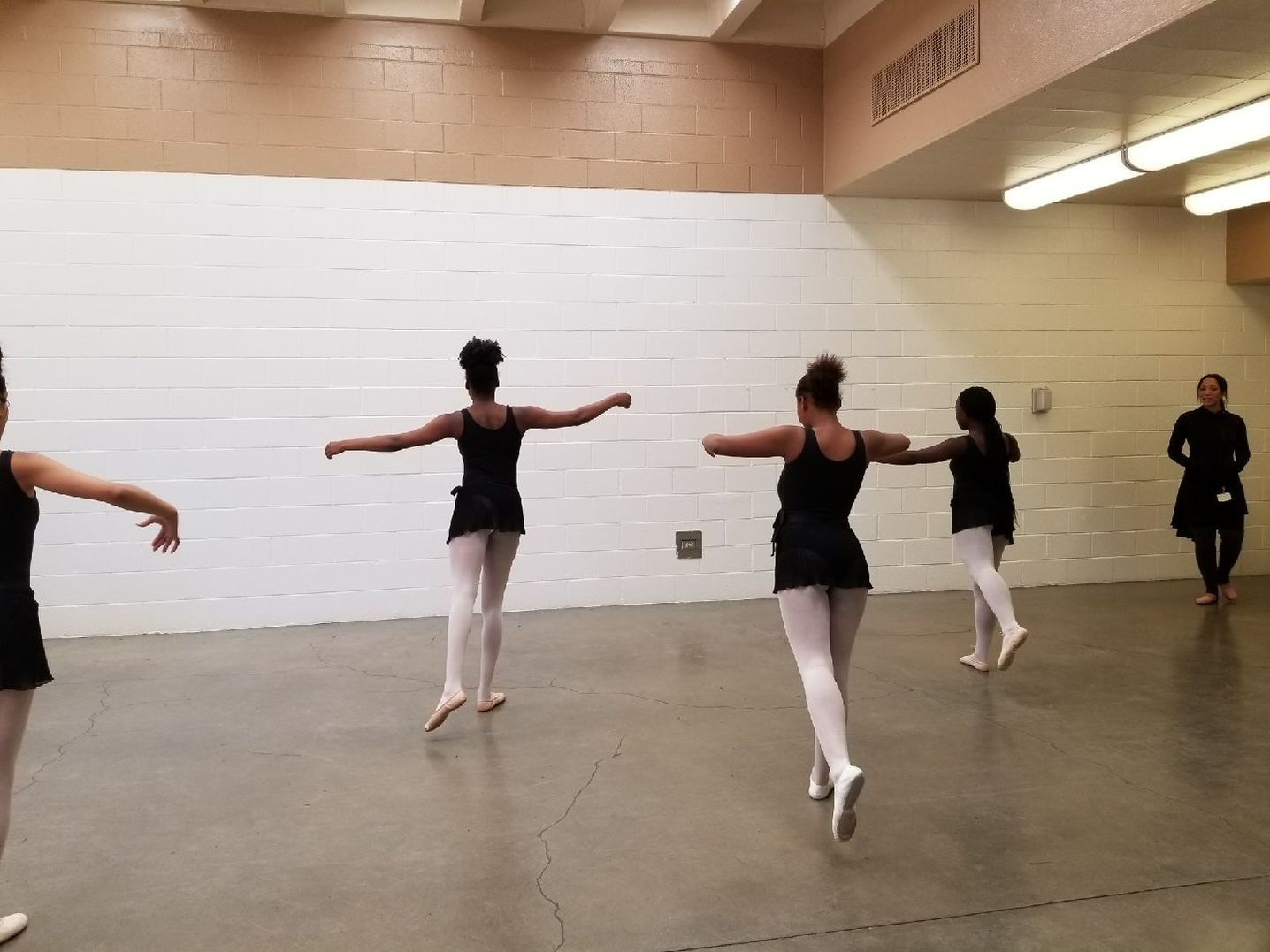 Houston wants her class to be open to those who don’t consider themselves feminine.
Houston wants her class to be open to those who don’t consider themselves feminine.
Courtesy Houston
Harper recognizes that ballet can feel like an unwelcoming environment for LGBT youth, so she’s taken steps—like offering different clothing options and introducing partnering classes—to make her program inclusive of transgender teens as well as those who just don’t feel comfortable wearing tutus. “The beautiful thing is that they are all accepting of each other,” she says.
The Transformations She’s Seen
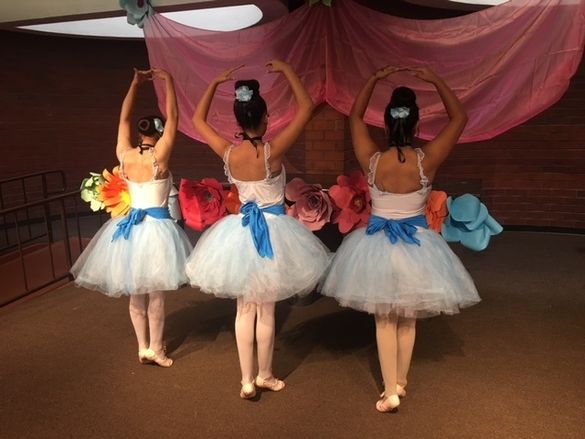 Girls in rival gangs forge bonds in Houston’s classes.
Girls in rival gangs forge bonds in Houston’s classes.
Courtesy Houston
One of the most rewarding parts of the program, Houston says, is watching tensions between rival gang members dissolve through dance. “We find a way for them to break down the anger and the animosity to become supportive of each other,” she says. “By the end they’re friends. Just watching that will make you cry.”
Houston has awarded some girls with scholarships to continue training once they’ve been released, one of whom will be coming on to serve as a peer youth counselor for The Swan Within. “It’s everything we could have hoped for,” says Houston.
What’s Next for The Swan Within
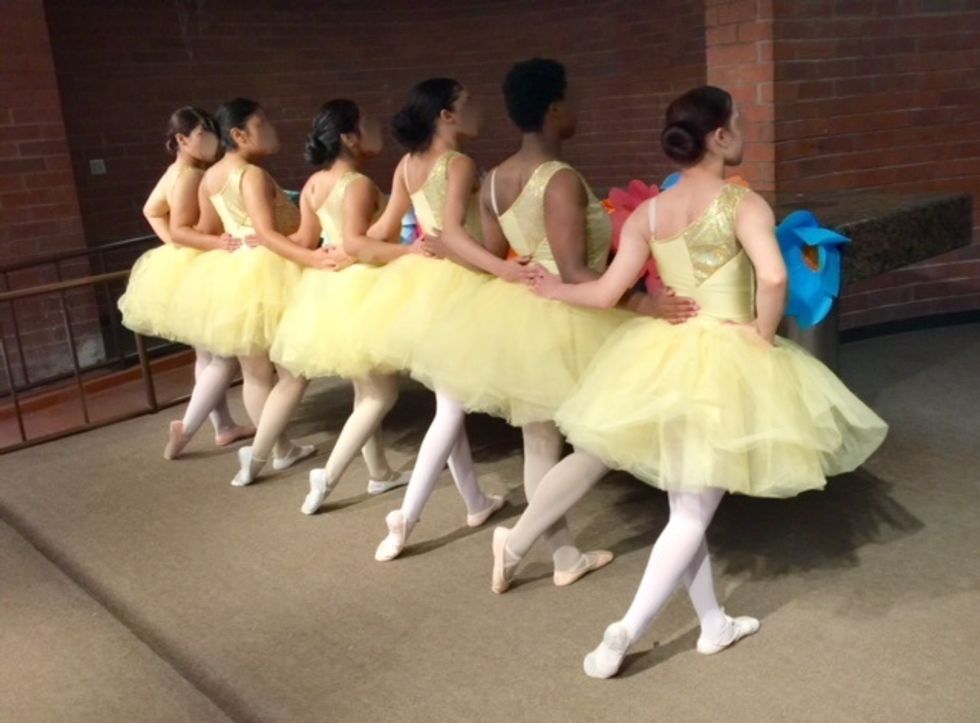 The program is expanding to five new cities next year.
The program is expanding to five new cities next year.
Courtesy Houston
Next year, The Swan Within will launch pilot programs in Las Vegas, New York City, Washington, DC, Atlanta and Miami. Houston is also interested in bringing her program to immigration detention centers in the Houston area, and partnering with dance studios and companies across the country to provide girls with training and scholarships once they’re released.
She also wants to keep educating the public—especially young girls—about sex trafficking. Many of the girls she works with don’t understand the extent of what happened to them, she says. She trains them about the dangers of social media, and how to avoid situations where recruitment happens. “I want them to be able to walk into the world knowing that this was just a blip in time,” she says.
